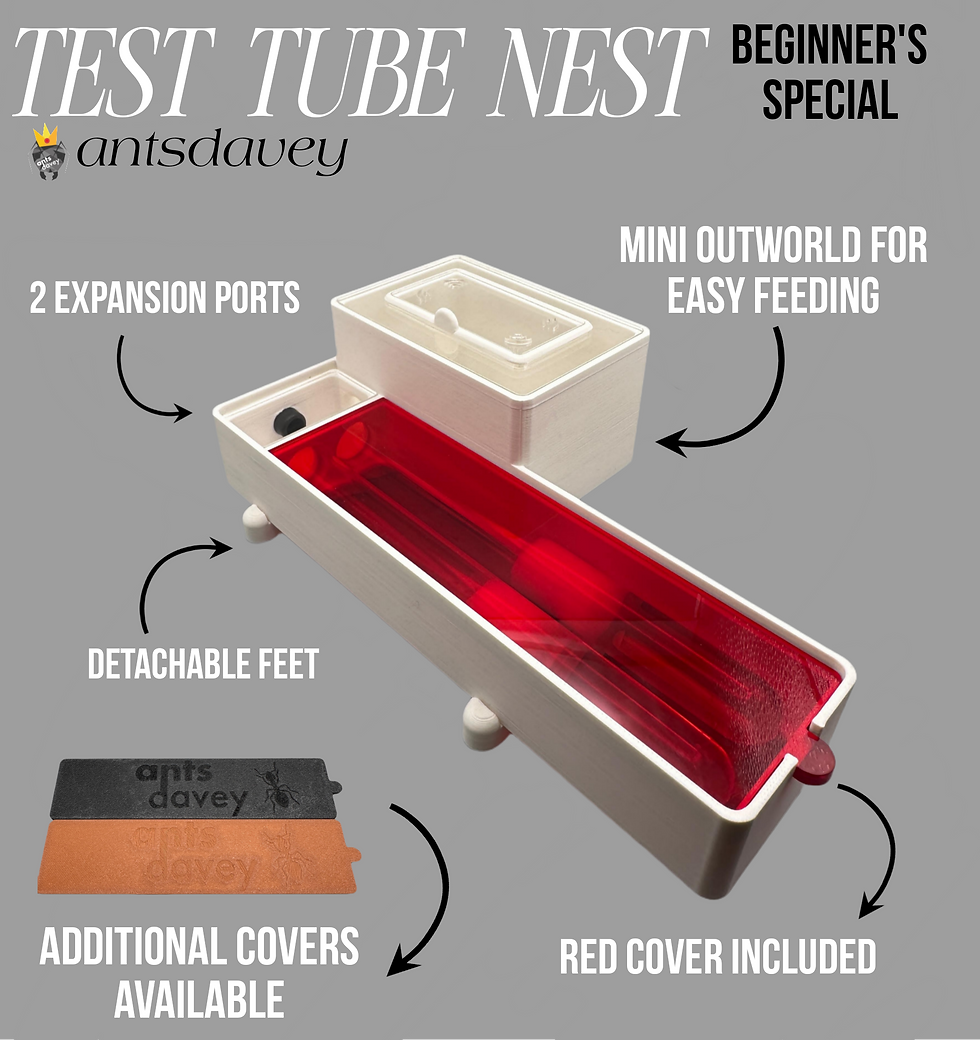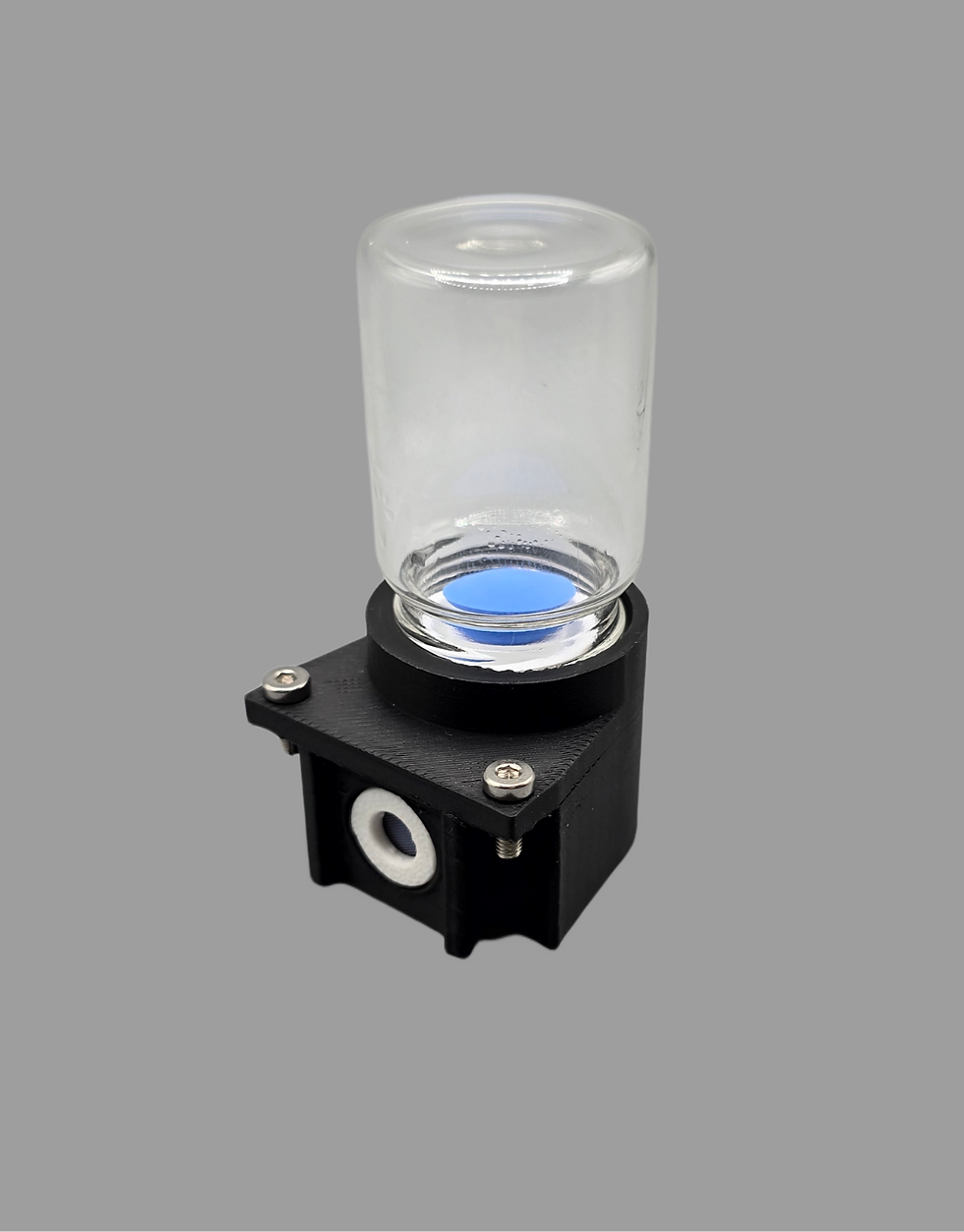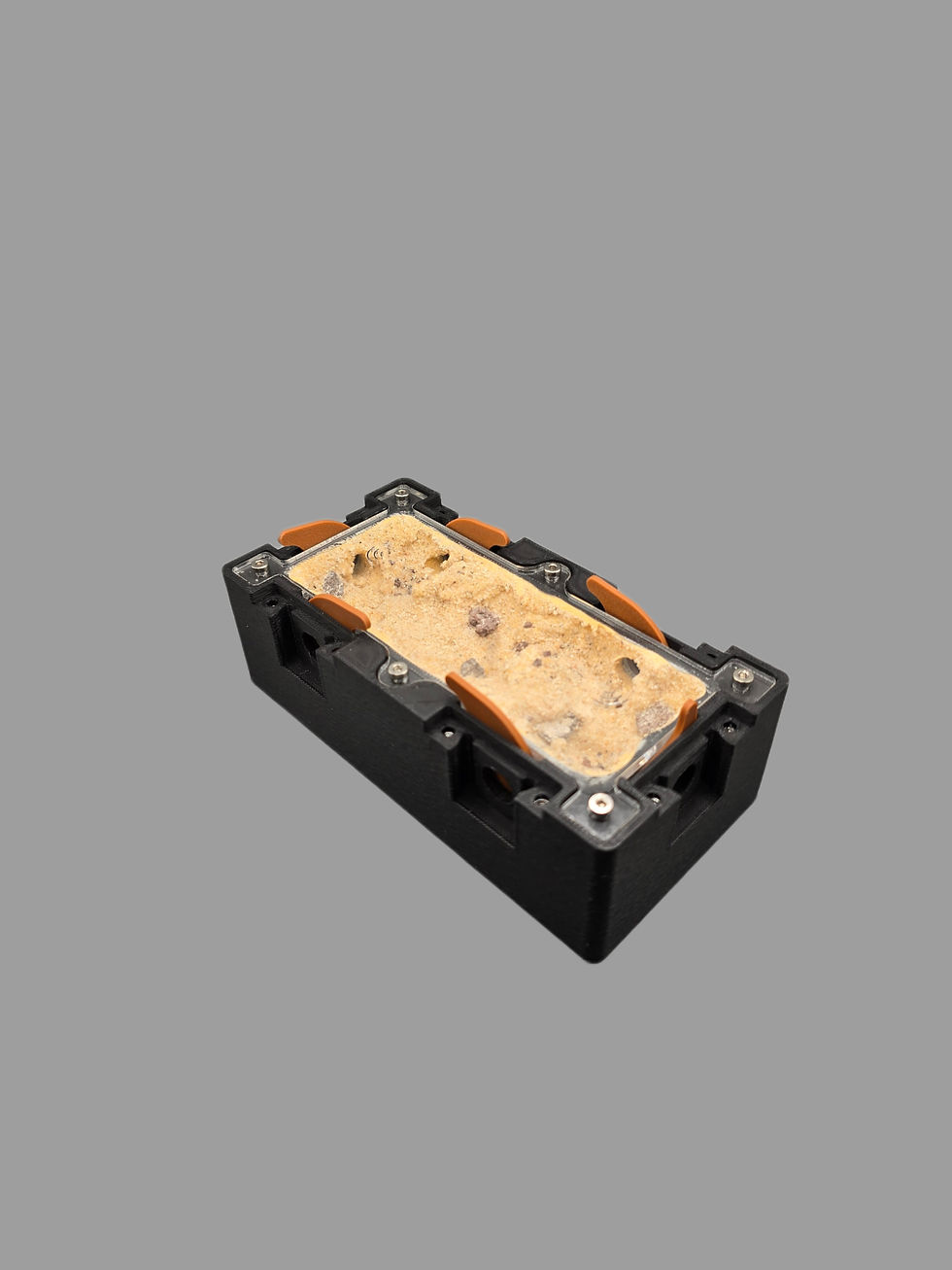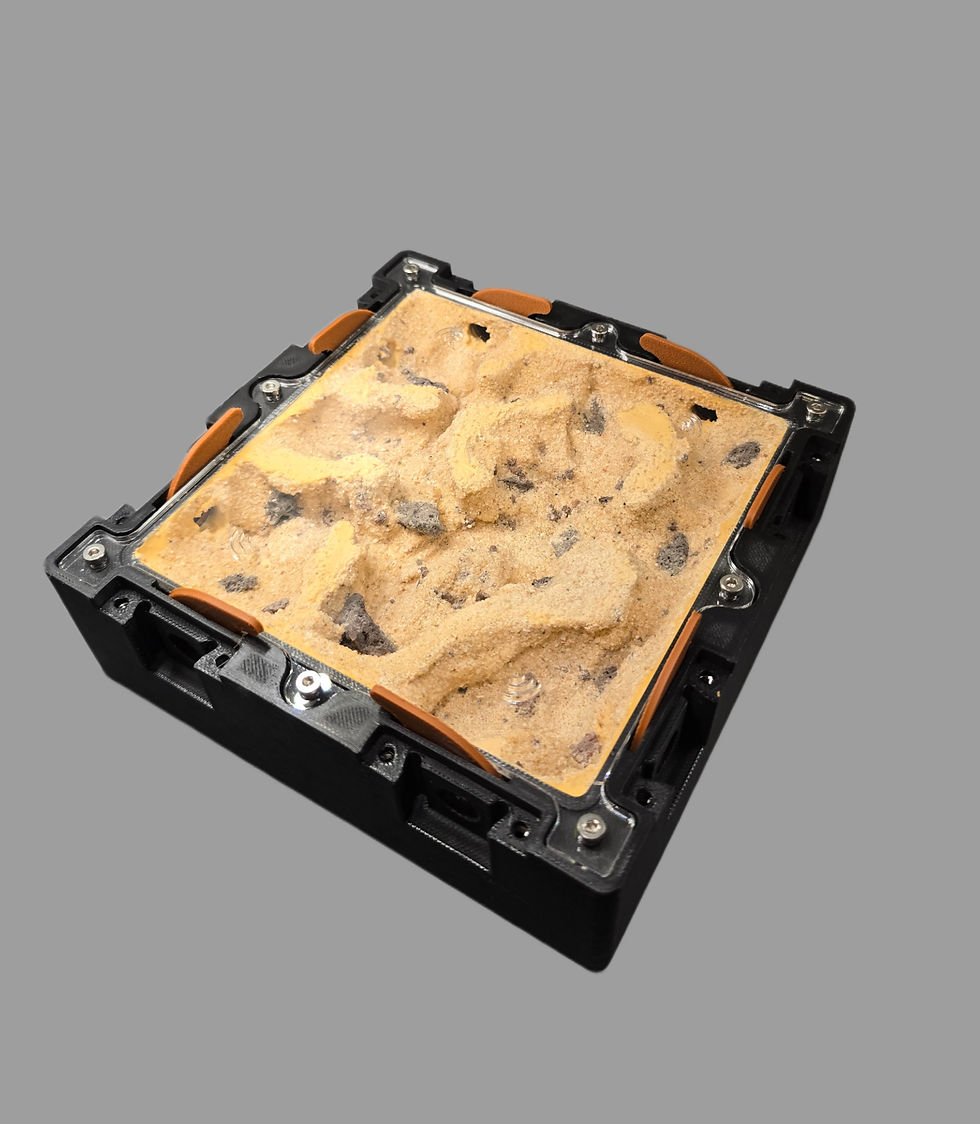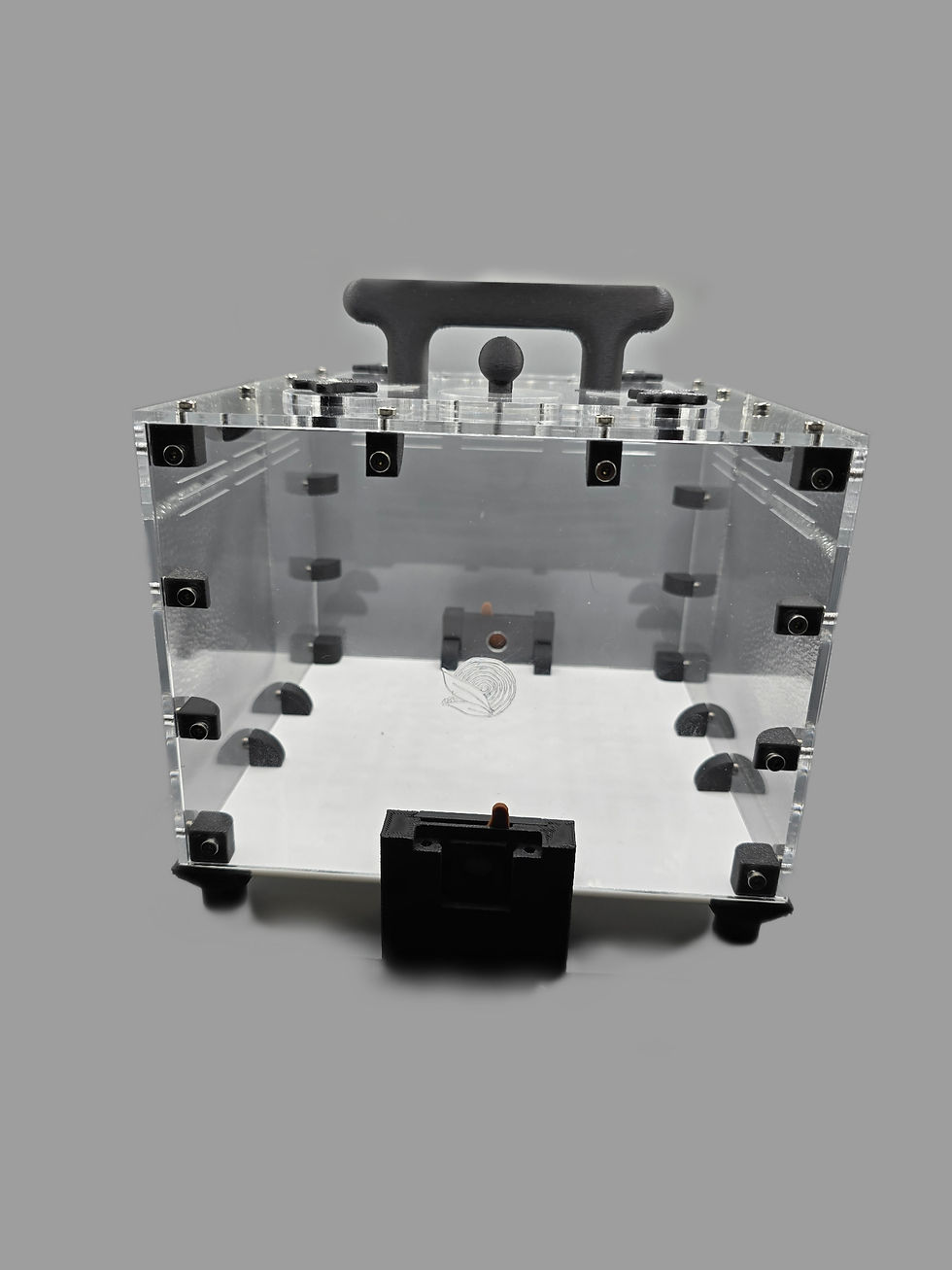About Camponotus sylvaticus
These Queens and Colonies are found throughout the warmer countries of Southern Europe.
Suitable for: These ants are suitable for beginners with little to no experience.
Temperature and Humidity
- Nest 22- 26°C - Outworld 18- 28°C
- Nest 50- 70% - Outworld 30- 60%
Hibernation
Yes from the end of November to the end of February at around 15°C.
Diet
- Water (at all times).
- Carbohydrates like byFormica Sunburst Ant Nectar/ honey water or other.
- Protein like fresh-killed insects or other.
Founding Queen and Ant colony size
- Claustral (Without feeding Queen).
- Monogyne (one Queen per colony)
- Average 7,000 workers per colony.
Nest type/ Ant farm
- Acrylic
- YTong- IF encased as they can chew.
- Glass
- 3D Printed
- Natural setup
- A "Tub and Tube" setup is recommended until your colony is ready for an ant nest but too big for a test tube.
Ant Sizes
- Camponotus sylvaticus Queen 15-17mm
- Minor/ Media Workers 5-12mm
- Major Workers 12-15mm
Bite/ Sting/ Formic acid
Majors can bite.
Description: Camponotus sylvaticus are a species carpenter ant, named as such for the fondness of nesting in older/rotten bits of wood. Sylvaticus have rather long legs and are extremely fast, so extra caution is required when attempting to feed them within their test tube. These girls prefer drier nests so not much humidity is needed to keep them happy and healthy. You can keep them at room temperature with no problems but a heat source with a nice gradient will speed up growth and brood development. To experience natural foraging behaviors, I would recommend a day and night light cycle within the outworld.
"Dietary spectrum and foraging activity patterns of the ant Camponotus sylvaticus have been studied in a savanna-1ike grassland in the Mediterranean coast. C. sylvaticus has a very narrow diet, consisting almost exclusively of sugary liquids, specially the honeydew of two species of aphids and, in a much lesser extent, the nectar of flowers. 1t is a species of crepuscular and nocturnal habits: foraging starts in the late afternoon, persists throughout the night and ends in the early morning, when many workers go back to the nest from the food sources. When temperatures are between certain ranges tolerated by the species(14-29 。 C), light intensity is the most important factor influencing the beginning and end of foraging activity. At the food sources, presence of workers tending aphids is continuous for the whole day, while nectar-collecting individuals end at dusk. C. sylvaticus is an aggressive species that interacts against other ants and prevents them from exploiting natural and artificial food sources." (Retana et al, 1988)
Before ordering please review both below
- Alive Upon Arrival Guaranteed
- Delivery
Camponotus sylvaticus
All UK orders are sent the same day when placed before 12 PM on MON-FRI unless stated otherwise at the top of the website's home page.
Please read the full alive upon arrival guaranteed terms and conditions, under the 'Terms & Conditions' section.










